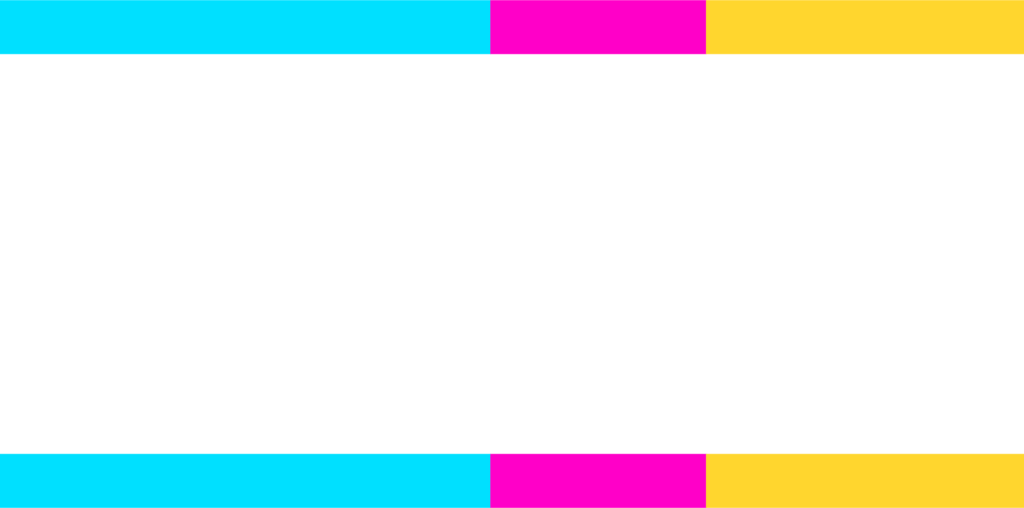More Accurate Price Tags on Legislation Would Improve Decisions about Allocating Resources
The Importance of Fiscal Notes
Every piece of legislation brought before Idaho lawmakers comes with a price tag. Called fiscal notes, these help legislators and the public understand how our dollars are being invested and conserved. Incorrect, incomplete, or misleading notes can lead to uninformed decisions, much like an inaccurate tag on an item at a store might keep us from making the best purchase.
The variation in fiscal note practices across the country has no discernible pattern. States such as Oregon and Texas have been cited as having some of the best fiscal note procedures, while California and Mississippi are among the weakest.[1] Idaho has a strong foundation in place to account for the reliability of fiscal notes. With further reforms, we can do even more to eliminate the threat of incorrect, incomplete, or misleading fiscal notes. Here are several steps our state could take:
- Expand the scope of fiscal notes to show at least four years of impact;
- Enable legislators to have the Legislative Services Office review any fiscal notes in question for accuracy and integrity; and
- Place these requirements in a statute, rather than in a joint rule, to ensure accountability.
These simple but substantial improvements would ensure Idaho’s legislators have the information they need to make fiscally prudent choices for the state. In addition, the Idaho Center for Fiscal Policy has created a Fiscal Notes Tracker to assist lawmakers and other interested parties in assessing the quality of published fiscal notes as legislation is introduced. It can be accessed at: www.idahocfp.flywheelsites.com//fiscal-notes-tracker/
Idaho’s Current Standard: Joint Rule 18[2]
Joint Rule 18 is the Idaho Legislature’s general guideline for preparing fiscal notes on legislation. It establishes the following rules:
- A “concise statement of purpose and a fiscal note” must be included;
- The contact person for both the statement of purpose (i.e. a summary of what the bill aims to achieve) and the fiscal note must be identified;
- The fiscal note will contain an estimate of the cost to state and local government of the proposed legislation; and
- The relevant legislative committee is responsible for reviewing the quality of fiscal notes.
Though this rule provides a strong starting point for quality fiscal notes, these guidelines are not strictly followed. Whether bills adhere to Joint Rule 18 is part of an ongoing assessment of legislation in ICFP’s fiscal note tracking tool.[3] In particular, there is a noticeable absence of information about the financial impact on local government of proposed legislation. Idaho’s budgeting and use of public dollars could be greatly improved if the existing standards were consistently met. However, there is no binding enforcement for preparing quality fiscal notes.
Idaho’s Strong Fiscal Notes Foundation
Idaho has implemented many of the established best practices for fiscal notes. For example, Idaho practices include:[4]
- Preparing Fiscal Notes for All Proposals: Idaho is one of 38 states requiring that legislators have access to information that will help them make effective and efficient allocations of public funds.[5]
- Going Beyond State Budget Impact: Though not always observed in practice, Idaho does require fiscal notes to explain the impact of bills on local governments.
- Publishing Fiscal Impact Information Online: Idaho is among 45 states that make their fiscal notes publicly accessible online.[6]
Looking Beyond Joint Rule 18
There is more that can be done. The reforms proposed below would work in several ways to create even better and more fiscally responsible budgeting practices:
- Allowing legislators to request review by Legislative Services: Accuracy and accountability are critical to whether fiscal notes can be trusted. The Legislative Services Office (LSO) already prepares many fiscal notes and is organized to provide such analysis. Allowing legislators to raise questions that are then answered by LSO’s independent analysts (who may consult experts at the Tax Commission, Division of Financial Management, and other agencies) will mean legislative decision-making is supported by the most rigorous analysis available.
- Reflecting at least four years of impact: Idaho’s fiscal notes generally provide only one year of analysis. This can substantially misrepresent the true costs of many proposals considered by the Legislature. By providing analysis of at least four years of impact, legislators can more accurately understand each proposal as they make a decision. There is a trend toward using this long-term perspective in other states.
- Revising Estimates as needed: While Joint Rule 18 states that, “Nothing in this rule shall prohibit a statement of purpose or fiscal note from being revised,” as a piece of legislation moves through the Legislature and is amended, it does not require revisions to notes. When proposals are amended or modified, it may affect the accuracy and integrity of the original fiscal note.
Lessons from Other States
Across the country, states such as Texas, Louisiana, and Montana have conducted substantial work to improve the quality of fiscal notes.[7] While Idaho doesn’t follow all of the established best practices, there are realistic steps the state could take to improve.
- 33 states use a nonpartisan entity to prepare fiscal notes[8]
- 12 states consistently project at least four years’ impact in their fiscal notes, while 15 more provide more than one year’s impact[9]
- Many others consistently project impacts on local government
Implementing lessons learned from these other states could be done in large part by engaging state agencies to prepare more accurate and detailed fiscal notes. Without these improvements, legislators will continue to have limited information when making long-term decisions that could diminish the sustainability of Idaho’s public programs and lead to unexpected costs to the General Fund.
Understanding the Value of a Quality Fiscal Note
We’ve outlined the components of a good fiscal note, but how can you utilize them in practice? Imagine a bill that increases tax credits to businesses for capital investments at the state level but also has an effect on the amount local government can tax as property. Idaho inconsistently projects the effects on local government and the fiscal note released with the bill may not address the impact at all. With the added ability to challenge the note, any legislator would be allowed to call into question the completeness of the note. With the Legislative Services Office then reviewing the note and revising it, legislators would have access to complete information about the true fiscal impact of the bill on Idaho’s taxpayer funds and on our local communities.
Lessons from Texas on Improving the Fiscal Note Process
 During Texas’ 2015 Legislative Session, a proposal was made to increase tax credits available to businesses that create a certain number of jobs. The value of the credit did not change, but the threshold to achieve the credit was lowered. These costs were to be $509,000 in the first fiscal year and more than $2.2 million in the second.[10]
During Texas’ 2015 Legislative Session, a proposal was made to increase tax credits available to businesses that create a certain number of jobs. The value of the credit did not change, but the threshold to achieve the credit was lowered. These costs were to be $509,000 in the first fiscal year and more than $2.2 million in the second.[10]
Texas’ Legislative Budget Board[11] was called on to assess a longer term impact and subsequently provided 10 years of impact analysis on the General Fund. It found that in the tenth year the program would cost the state government a whopping $97.3 million more than in the second year of the original two-year fiscal note. The assessment also found that revenue loss to local school districts would top $91 million in the tenth year, up from $0 in year 1 and $7.4 million in year two.[12]
How can fiscal notes aid in the creation of good legislation rather than simply stall flawed legislation? Texas provides another good example of this. A 2013 bill proposed to establish a sales and use tax exemption for cable, internet, and telecommunications providers’ property had a cost in the first year of $413 million. By the fifth year, the cost would rise to $538 million by which point local units of government would lose a combined $150 million annually.[13]
In light of this information, the committee responsible for the bill decided the costs were too high and would grow too quickly. A substitute bill was proposed, with a consistent annual impact of $50 million with no cost to local governments.[14]
Conclusion
Effective, accountable government requires that legislation be accurately assessed for its cost and long-term impact on state resources. Strengthening our commitment to sound fiscal note procedures will help ensure that Idaho’s public dollars are wisely allocated, today and in the future.
References:
1. McNichol, E., Lav, I. J., & Masterson, K. (2015). Better Cost Estimates, Better Budgets. Retrieved January 27, 2016, from http://www.cbpp.org/research/state-budget-and-tax/better-cost-estimates-better-budgets
2. http://legislature.idaho.gov/about/jointrules.htm Legislative Services Office, 2014
3. Fiscal Notes Tracker. Idaho Center for Fiscal Policy, using information from Legislative Services Office. https://idahofiscal.org//fiscal-notes-tracker/
4. McNichol, et al.
5.-9. ibid. 10. Texas Legislative Budget Board, 2015 Fiscal Note, Texas House Bill 1250, http://www.legis.state.tx.us/tlodocs/84R/fiscalnotes/html/HB01250H.htm. Legislative Budget Board, 2015 11.-12. ibid.
13. McNichol, et al.
14. ibid.
View as printable PDF


